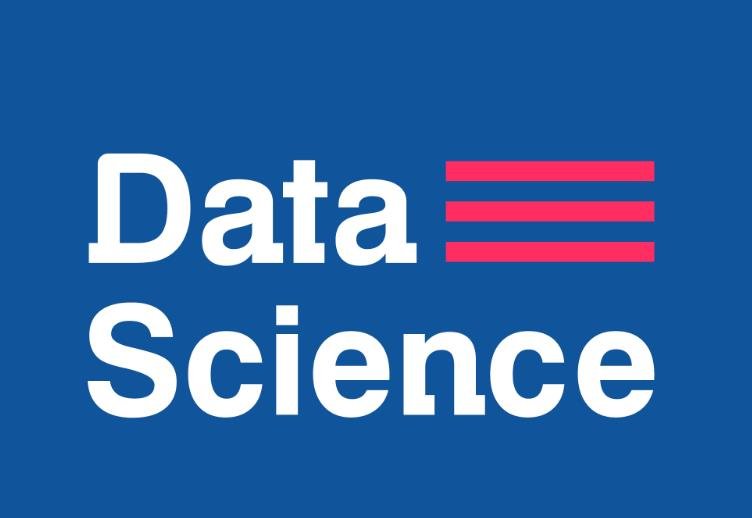In the rapidly evolving fields of data science and machine learning (ML), efficiency and effectiveness are paramount. Eivind Kjosbakken’s recent article on Towards Data Science provides valuable insights into optimizing workflows for data scientists and ML engineers. By implementing strategic improvements, professionals can streamline their processes, reduce errors, and enhance productivity. This article explores key strategies to make your data science and ML engineer workflow more effective, drawing on Kjosbakken’s recommendations and industry best practices.

Embrace Automation and Modular Design
Automation is a cornerstone of an efficient workflow. By automating repetitive tasks, data scientists and ML engineers can focus on more complex and creative aspects of their work. Tools like MLflow and Airflow can automate various stages of the ML lifecycle, from data preprocessing to model deployment. Automation not only saves time but also reduces the risk of human error, ensuring more consistent and reliable results.
Modular design is another critical strategy. Breaking down workflows into smaller, manageable modules allows for easier debugging, testing, and maintenance. Each module can be developed, tested, and improved independently, making the overall workflow more flexible and scalable. This approach also facilitates collaboration, as different team members can work on separate modules simultaneously without causing conflicts.
Incorporating version control systems like Git is essential for managing changes and collaborating effectively. Version control helps track modifications, revert to previous versions if needed, and ensures that all team members are working with the most up-to-date code. This practice is particularly important in collaborative environments where multiple people contribute to the same project.
Optimize Data Management and Monitoring
Effective data management is crucial for any data science or ML project. Ensuring that data is clean, well-organized, and easily accessible can significantly improve workflow efficiency. Data preprocessing steps, such as data cleaning, normalization, and transformation, should be automated as much as possible. This reduces the time spent on manual data preparation and minimizes the risk of errors.
Data monitoring is equally important. Implementing robust data monitoring systems helps detect anomalies, track data quality, and ensure that the data pipeline is functioning correctly. Tools like Datadog and Prometheus can provide real-time insights into data flow and performance, allowing for quick identification and resolution of issues. Regular monitoring also helps maintain data integrity and ensures that models are trained on accurate and up-to-date data.
Performance optimization is another key aspect of data management. Efficient data storage and retrieval mechanisms, such as using optimized databases and indexing strategies, can significantly speed up data processing tasks. Additionally, leveraging cloud-based solutions can provide scalable storage and computing resources, enabling teams to handle large datasets more effectively.
Foster Continuous Learning and Collaboration
The fields of data science and ML are constantly evolving, with new techniques, tools, and best practices emerging regularly. Staying up-to-date with the latest developments is essential for maintaining an effective workflow. Continuous learning can be achieved through various means, such as attending conferences, participating in online courses, and reading industry publications.
Collaboration is also a vital component of an effective workflow. Encouraging open communication and knowledge sharing among team members can lead to better problem-solving and innovation. Collaborative tools like Slack, Jupyter Notebooks, and shared repositories facilitate seamless communication and collaboration, allowing team members to work together more efficiently.
Implementing regular code reviews and peer feedback sessions can further enhance collaboration and ensure code quality. These practices help identify potential issues early, promote best practices, and foster a culture of continuous improvement. By working together and learning from each other, teams can achieve greater success and drive innovation in their projects.
In conclusion, optimizing your data science and ML engineer workflow involves embracing automation, modular design, effective data management, and fostering continuous learning and collaboration. By implementing these strategies, professionals can enhance their productivity, reduce errors, and stay ahead in the rapidly evolving fields of data science and machine learning.
















